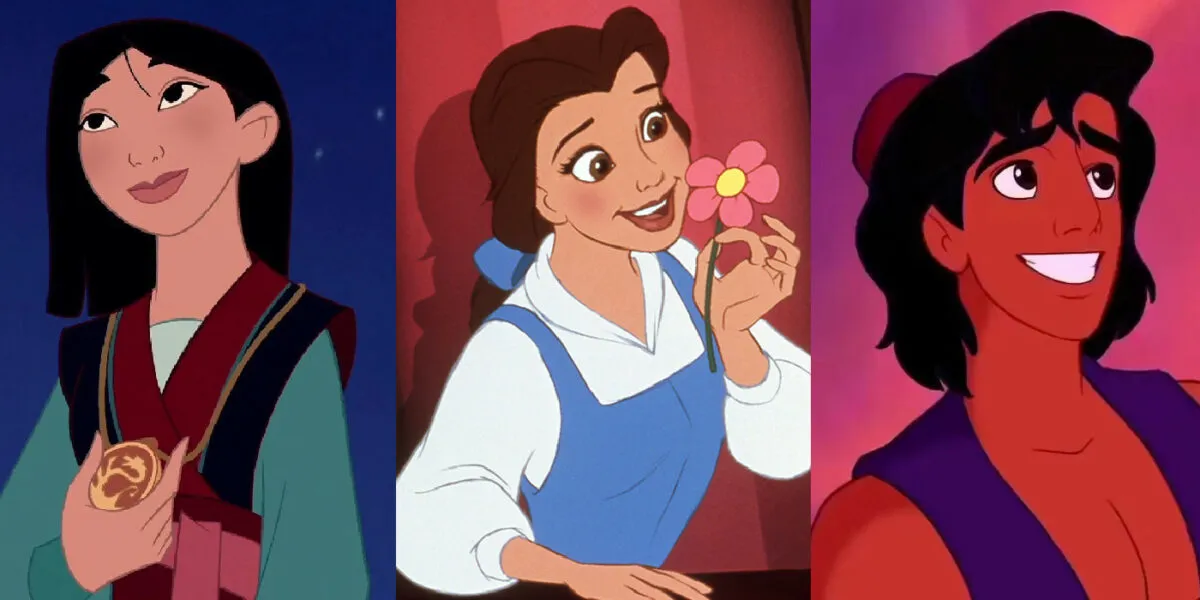
All Disney Renaissance Movies, Ranked Best to Worst
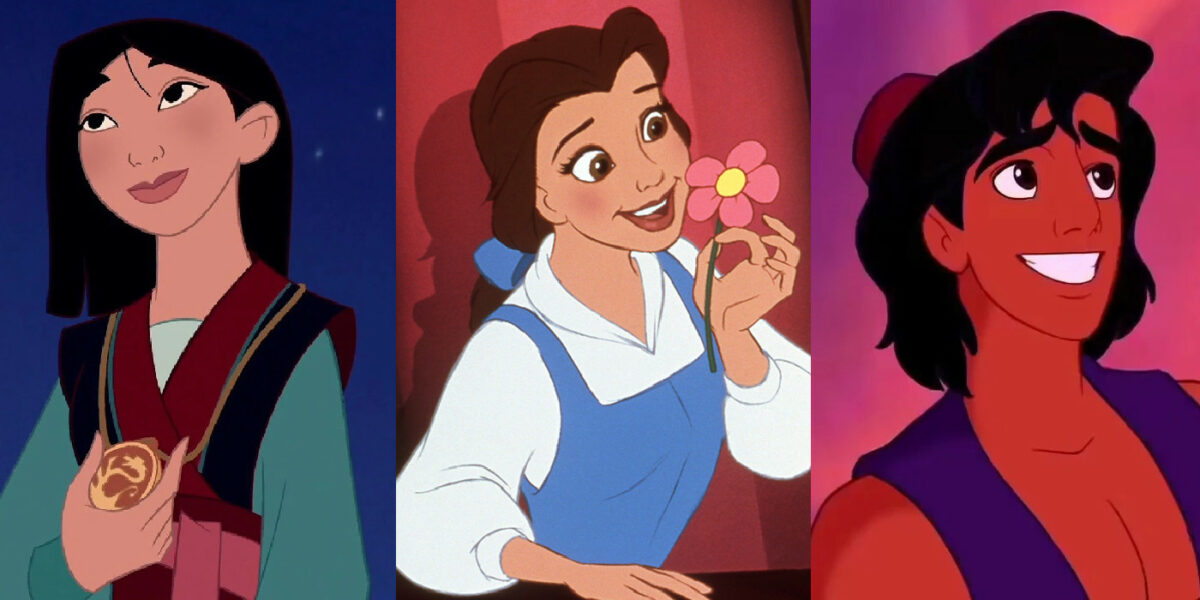
Disney’s Renaissance period—which took place from 1989 to 1999—produced some of the most beloved, classic Disney films of all time. Think Little Mermaid. And Aladdin! This was the period of time where Disney (which had been in a bit of a lull since the 1960s) began creating successful, animated films once more. It was a resurgence of the creative spirit of Walt Disney Studios.
Disney had its golden age from the 1930s to the 1960s, where they truly brought about the popularization of animation. These decades boasted such hits as Snow White and the Seven Dwarfs, Dumbo, Pinocchio, Peter Pan, and Cinderella. However, by the 1960s, the quality and success of their animated films experienced a noticeable downturn. This is because many of the founders of Walt Disney themselves were passing away, and the company was neglecting animation for expansion into live-action film and TV. Hence, their animated films were low-budget box office flops.
However, the 1990s ushered in an entirely new phase in Walt Disney’s history. Kicking off with the release of The Little Mermaid, Disney experimented with a new Broadway-style feel to their animated stories. They also utilized more modern animation techniques, emotionally-charged songs, and wholly new story ideas. The majority of the 10 films produced during this period were solid box office hits and some even ushered in Academy Award nominations. Here are all the Disney Renaissance films ranked from best to worst.
1. The Lion King
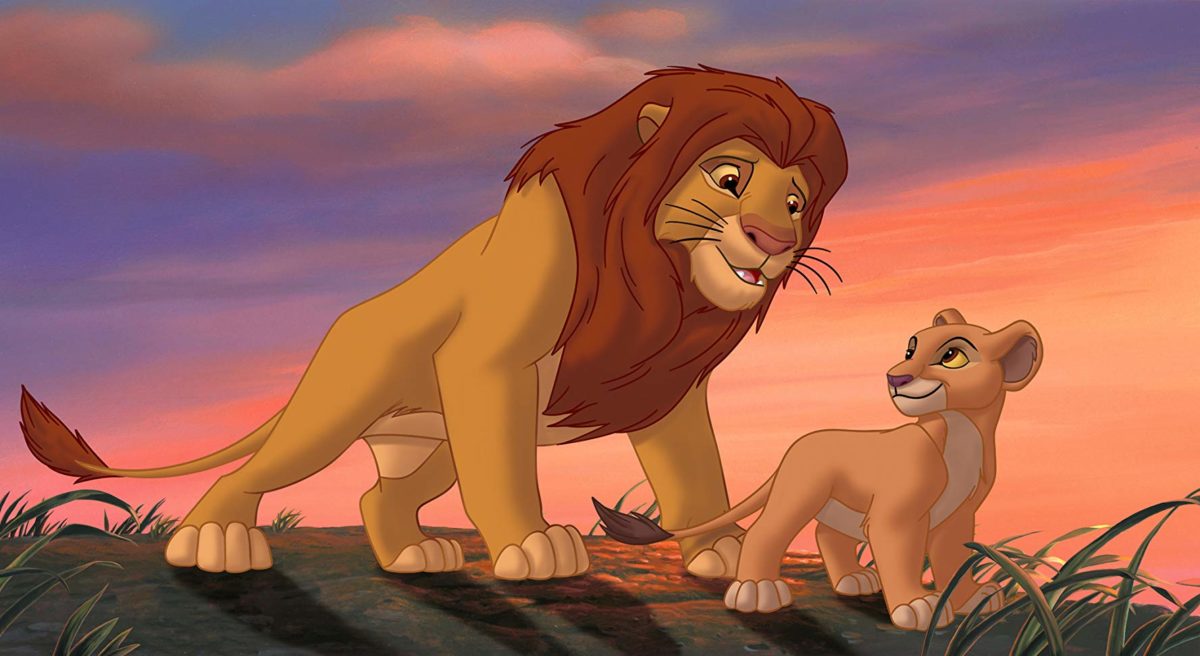
The Lion King, released in 1994, is Disney at its very best. The film follows Simba (Matthew Broderick), a young lion destined to succeed his father, Mufasa (James Earl Jones), as King of the Pride Lands. However, when Mufasa is killed, Simba blames himself for the tragedy and flees the lands in exile. Meanwhile, this allows Scar (Jeremy Irons), Mufasa’s evil brother, to take over, until the day when Simba heroically returns to reclaim his land.
If the Lion King story sounds familiar to you, it’s because the story is basically Shakespeare’s play, Hamlet, but with lions. However, the film somehow makes this work brilliantly well. Not only is there a clear Shakespearean influence, but it is a surprisingly mature take on the themes of mortality, forgiveness, and redemption. It also boasts some of Disney’s most memorable tracks such as “I Just Can’t Wait To Be King,” “The Circle of Life,” and “Hakuna Matata.” On top of that, Scar, Mufasa, and Simba have the most beautiful designs, while their voice actors offered raw and heartfelt performances.
It is no wonder that The Lion King has become a sprawling media franchise, encompassing two film sequels, a live-action remake, and a Broadway musical. The film is fun, tragic, heartfelt, and dazzling, all wrapped into one. The Lion King is timeless and ageless, a film that can be enjoyed by children and adults alike throughout generations.
2. Beauty and the Beast

Disney’s romantic films have a tendency to be cliché and a bit cheesy. After all, there’s a recurrent theme of marrying a man you just met—which is going to end up with you as Mrs. Tinder Swindler 9 out of 10 times. However, 1991’s Beauty and the Beast is a love story that gets it right. Beauty and the Beast follows Belle (Paige O’Hara), a young woman who agrees to take her father’s place as a prisoner in the Beasts’ (Robby Benson) castle. Belle, with her beautiful spirit, brings life into the castle and reignites warmth and love in the Beast. Additionally, she grows to love the Beast, and it is her love that saves him and transforms him back into the prince he used to be.
While we have some serious questions as to the timeline—I mean, how old was the prince when he was doomed/cursed for not letting a stranger into his house?— Beauty and the Beast is an illustration of unconditional love. And it shows the impact that a kind, loving, and gentle person can have. Belle and the Beasts’ love story is unique and powerful, and the film offers an array of colorful characters and catchy songs. Beauty and the Beast is the perfect musical romance for adults and kids alike.
3. Mulan
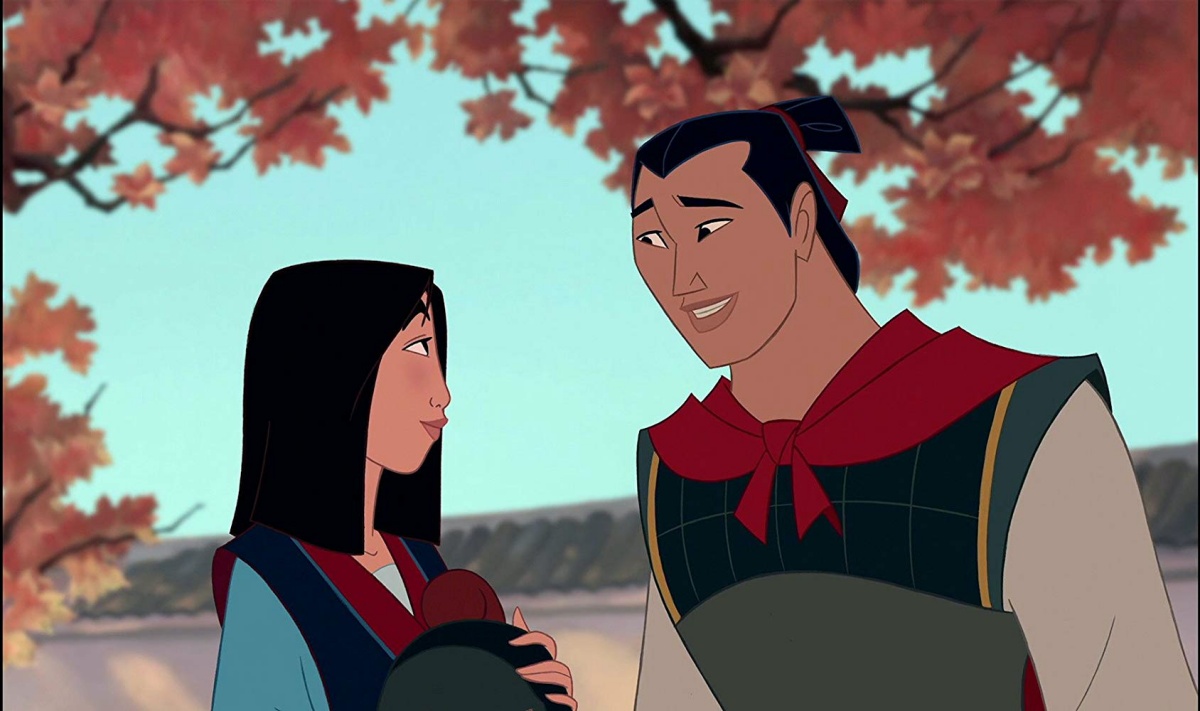
Released in 1998, Mulan is an impressive cultural and historical story, with a strong female lead. The story is based on the Chinese legend of Hua Mulan. The film follows Mulan (Ming-Na Wen) who disguises herself as a man to take her father’s place to go fight against the Huns, who have invaded Han China. She is guided only by a disgraced dragon, Mushu (Eddie Murphy), who, nonetheless, wants to make Mulan a war hero. Mulan proves to be braver than any man in the army but is still eventually expelled for being a woman. Undeterred, Mulan comes to the rescue of her whole city, earning even the Emperor’s respect.
Mulan was a much-needed departure from the Disney princesses who waited for a man to save them. This film shows a girl who is smart, strategic, and fierce. Mulan shows girls everything that they can truly be and encourages the celebration of strong and independent women. Meanwhile, the film is peppered with Chinese legend and culture, making Mulan more diverse and inclusive than Disney had been in the past. And just try not to sing when “I’ll Make a Man Out of You” comes on. Just try!
4. Aladdin
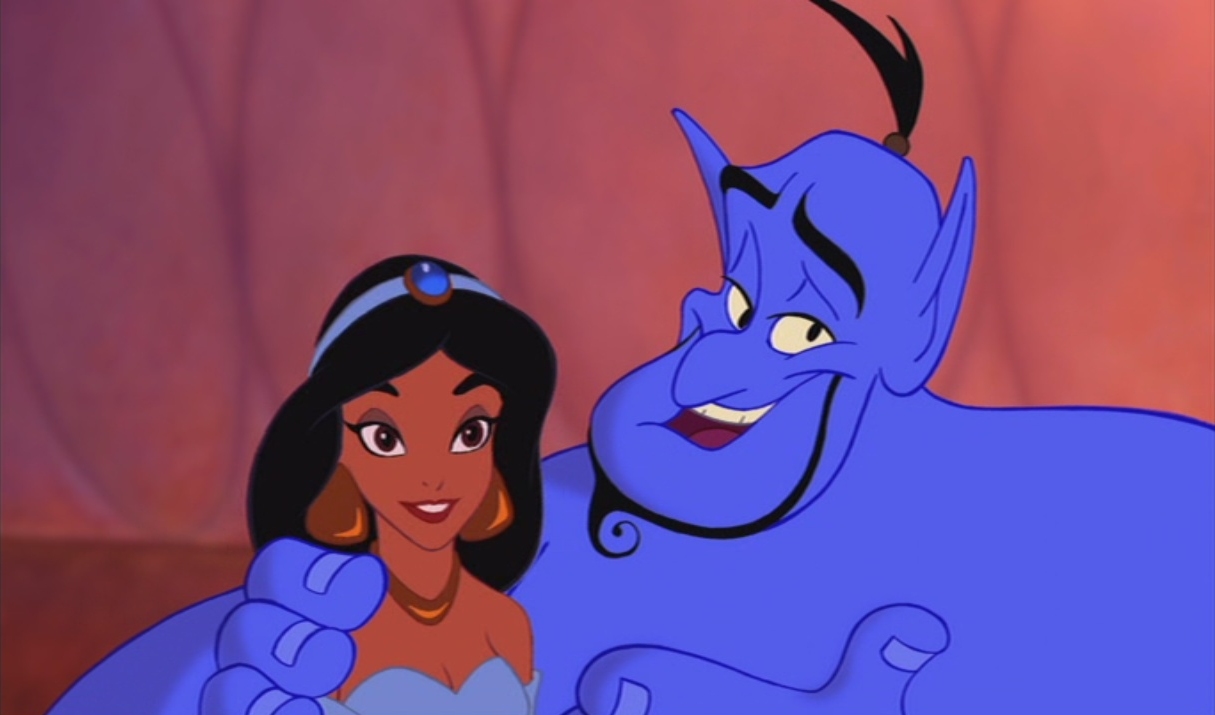
Aladdin, released in 1994, is a take on the Arabic folklore tale of the same name from One Thousand and One Nights. The film follows Aladdin (Scott Weinger), a poor young thief who is granted three wishes by a Genie (Robin Williams) in a lamp. Aladdin uses his wishes to woo Princess Jasmine (Linda Larkin), but soon gets caught up in Jafar’s (Jonathan Freeman) nefarious plan to become Sultan. He must defeat Jafar, free Genie from his lamp, and win over Jasmine despite his peasant status.
Aladdin has its issues, but it also boasts one of Disney’s greatest voice actor performances ever—with Williams’ iconic role as Genie. Simultaneously, it boasts one of Disney’s top songs, “A Whole New World.” It’s an iconic, fun movie that keeps you laughing and/or singing the whole time.
5. Tarzan
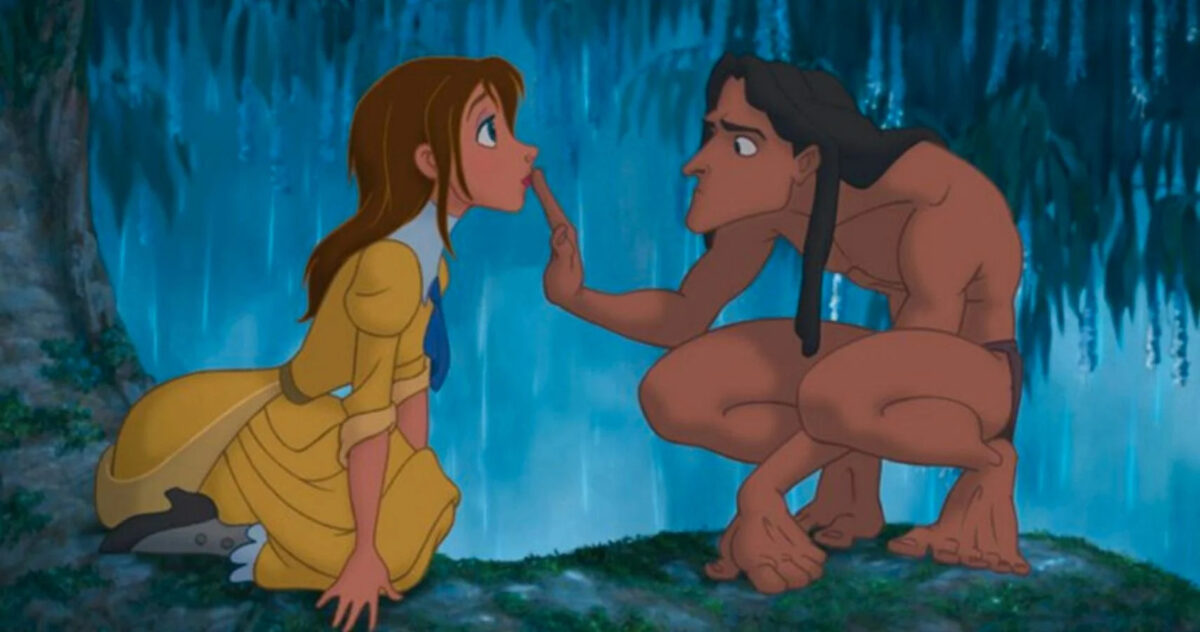
Tarzan, released in 1999, marks one of Disney’s most unique films of the Renaissance period. Tarzan follows the story of a British couple who become shipwrecked, and are later killed in an unnamed country in the jungles of West Africa. However, their infant son survives and is taken in (and raised by) apes. Years later, he is a feral man, struggling to gain the respect of the apes despite his physical differences. When a group of human explorers arrive in the jungle, Tarzan (Tony Goldwyn) realizes he is human, however, this raises conflict as he ponders whether he should remain with the apes or be with his human love interest, Jane (Minnie Driver).
Tarzan has intense action sequences and extremely impressive computer-animated background designs. In addition to this, Tarzan departed musically from many of the Renaissance films. Instead of the characters singing, Phil Collins wrote and recorded a number of songs that served as the perfect backdrop to the film. “You’ll Be In My Heart” was one of the film’s most popular songs and showed that the Broadway style isn’t always necessary for every Disney film. Tarzan offers an exploration of how to define family and humanity, combined with strong animated features and a musical score that any film would be envious of.
6. The Little Mermaid
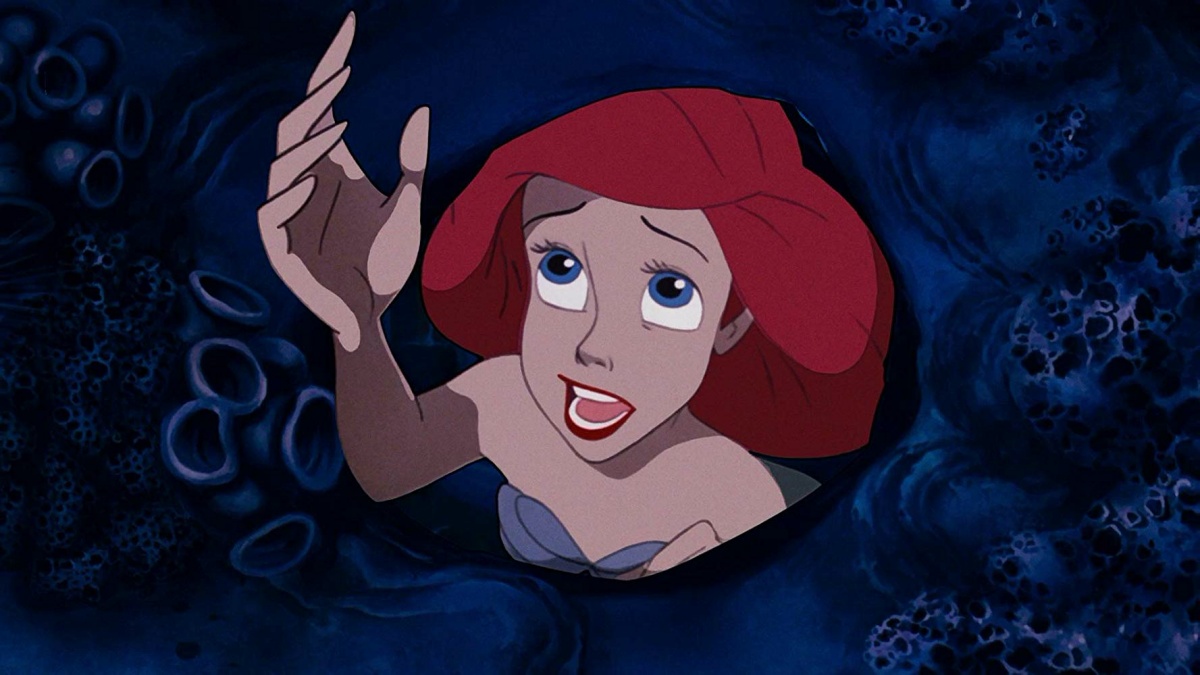
The Little Mermaid is the movie that started Disney’s whole Renaissance period and kicked off a whole new age in Disney animation. The 1989 classic follows Ariel (Jodi Benson), a 16-year-old mermaid who longs to be a human girl, especially once she falls in love with the handsome, human Prince Eric (Christopher Daniel Barnes). In fact, she so longs to be human that she sells her voice to Ursula (Pat Carroll) in exchange for human legs. However, when Ursula’s evil plan to rule over the ocean unfolds, Eric and Ariel must break free from her power and enchantments to stop her.
The Little Mermaid is a delightful, charming, and creative story. The catchy tunes and creative undersea adventure gave Disney the momentum it needed to start a new era. However, while The Little Mermaid was a triumph of its time, some aspects haven’t aged well. Ariel’s tender age of 16 makes her marriage (and sexualized designs) particularly concerning. And because her voice is taken away when she meets Prince Eric—it’s hard to say these two get to know each other past physical appearances. Of course, there are many ways to communicate without speaking out loud, but the film does little to show us them. Meanwhile, some people have found “Under the Sea”, sang by a Jamaican actor (Samuel Wright), to perpetuate racist stereotypes. Lastly, the idea of a woman selling her voice for a man and then literally leaving her entire life behind and physically changing forever—raises, to put it mildly, some big old red flags for feminism. While an experimental film triumph of its time, some aspects of The Little Mermaid just don’t hold up well today. It’s okay, we can still sing “Part of Your World” in the car as loud as we want.
7. Hercules
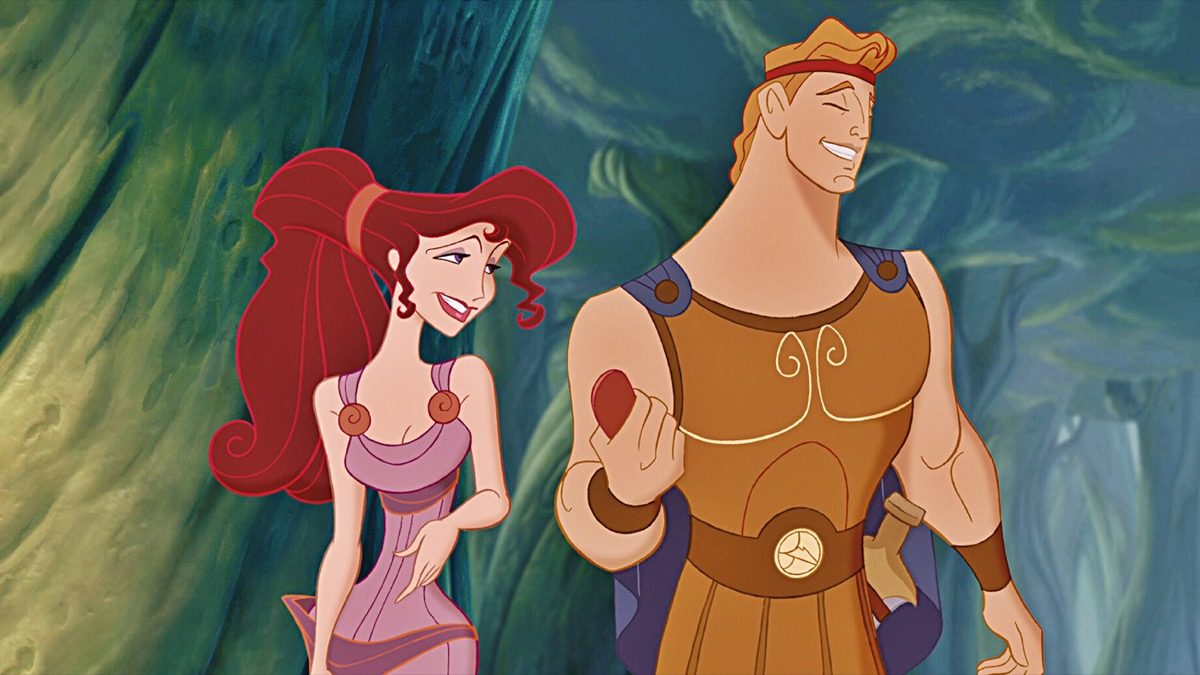
Hercules is Disney’s 1997 take on Greek mythology. The film follows Hercules (Tate Donovan) who was born to Zeus (Rip Torn) and Hera (Samantha Eggar) as an immortal god. However, Hades (James Woods) attempts to have Hercules killed, for fear the boy will interfere with Hades’ future plans to overtake Olympus. The nefarious plan strips Hercules of his immortality, but not of his incredible strength. After being raised by mortal foster parents, Hercules sets out to restore his Godhood and to stop Hades’ takeover of Olympus. Along the way, he meets and falls in love with Meg (Susan Egan) and it is ultimately his selfless sacrifice for her that restores his Godhood.
Hercules is a fun take on Greek mythology and boasted another one of Disney’s most iconic performances: Woods’ portrayal of Hades. I think Woods’ performance is second only to Williams’ Genie. However, the film fell rather flat when it came to animation and music. Olympus and Greek mythology is teeming with opportunity for big visuals, but Hercules didn’t capitalize on it. Meanwhile, “I Can Go The Distance” was the only slightly noteworthy song in the film. Hercules is fun and boasts strong performances, however, it lacks the grandeur of other Disney animated classics.
8. The Hunchback of Notre Dame

The Hunchback of Norte Dame is Disney’s 1996 adaptation of the novel of the same name by Victor Hugo. The film follows Quasimodo (Tom Hulce), an infant left orphaned when his mother is killed by Judge Claude Frollo (Tony Jay). Quasimodo is then raised by his mother’s killer, who must atone for his sin. Because of his appearance, Quasimodo is secreted away in a cathedral but yearns for society’s acceptance. When he meets a kind woman, Esmeralda (Demi Moore), he is thrilled to find someone who accepts him. However, he and Esmeralda discover Frollo’s genocidal plans and must stop him.
The Hunchback of Notre Dame is a surprisingly sophisticated film. Furthermore, it is by far one of Disney’s darker films of the time period. However, Disney did bite off more than it could chew with tackling Hugo’s classic in an animated G-rated film. It was, of course, an oversimplified dramatization and there’s a reason it’s not one of the more popular movies of the era. The Hunchback of Norte Dame may be an ambitious, dark, and sophisticated Disney movie for the time, but it could only ever be a half-formed adaption of Hugo’s work.
9. The Rescuers Down Under
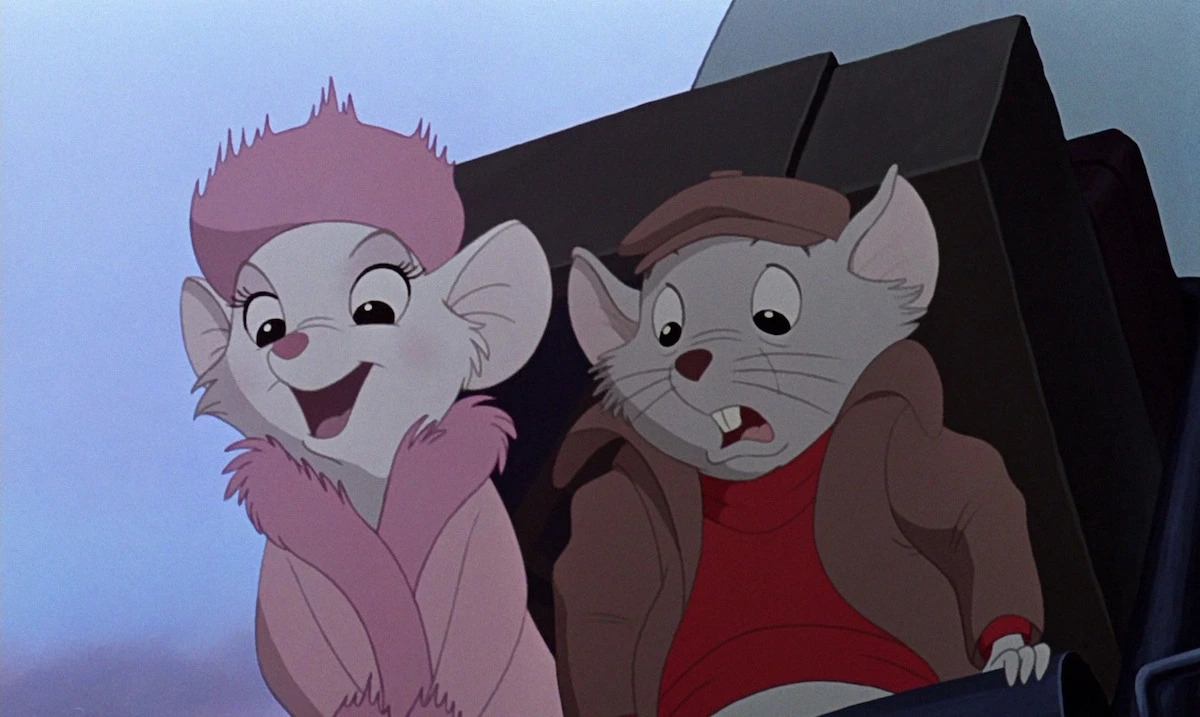
The Rescuers Down Under was released in 1990 and was the only film of the Renaissance period to build off a previous film. Rescuers Down Under is a sequel to the 1977 film, The Rescuers. It was also Disney’s very first animated sequel to release theatrically. The film follows Bernard (Bob Newhart) and Bianca (Eva Gabor), two mice who are representatives of the Rescue Aid Society. The two heroic mice are enlisted to rescue Cody (Adam Ryen) from a sadistic poacher who is hunting an endangered bird of prey.
The Rescuers Down Under is a fun and exhilarating film, and the animation is strong at times, particularly the flight scenes of a young boy riding on the back of an eagle. At the same time, it oddly lacks musical interludes and adds some questioningly aggressive fight scenes. It’s a film that misses its mark with adults—from its messy plot and talking animals—but also misses its mark with kids, given its unimaginative, and at times dark and quiet, tone.
The Rescuers Down Under is an improvement on the 1970s original, but it just doesn’t really have a place amongst the groundbreaking, new, and imaginative style of Disney’s Renaissance period.
10. Pocahontas
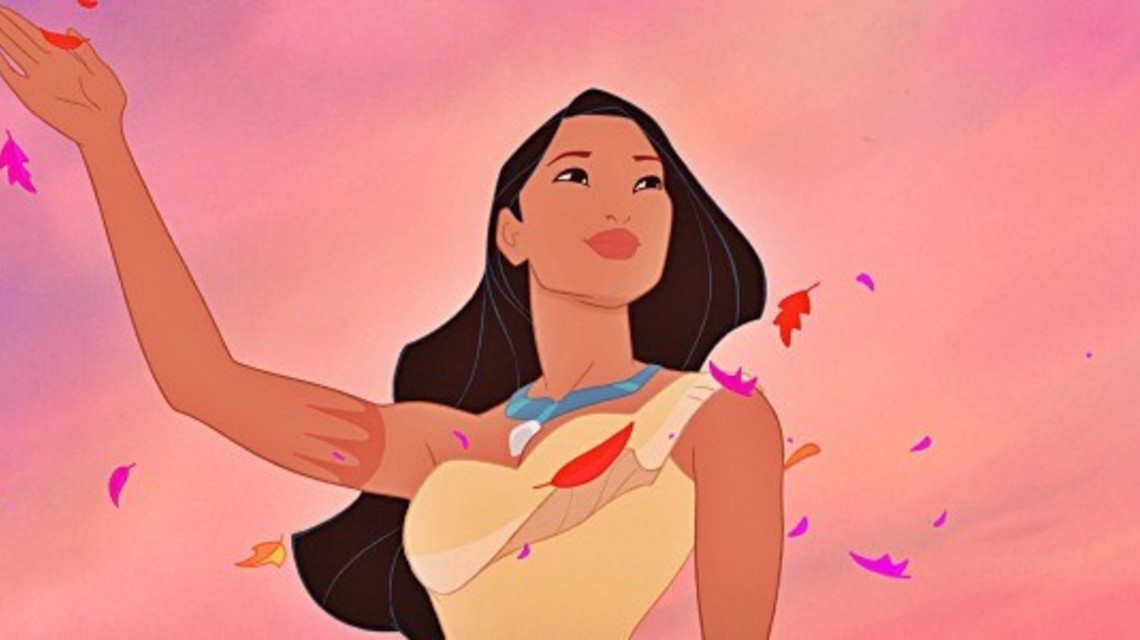
Oh Pocahontas. The 1995 animated retelling of the story of the real-life Powhatan woman, Pocahontas, is a tough one to get through now. The film follows Pocahontas (Irene Bedard), an Indigenous woman who falls in love with Capt. John Smith (Mel Gibson), who’s from a group of settlers landing in North America. You can probably see the issue of romanticizing (and Disney-fying) a historical event that is filled with atrocities and genocide from a mile away. And unlike Columbus, you’d be right.
And even past that (which is tough to get past), Pocahontas fails miserably at being historically factual for its heroine—with so many inaccuracies that you could paint all the colors of the wind with them. While the film is beautiful from an animated standpoint at times, it is little else. Pocahontas minimizes the racism and exploitation of the New World settlers, burying it under a senseless distortion of actual history in favor of a very bland romance tale.
(featured image: Disney)
—The Mary Sue has a strict comment policy that forbids, but is not limited to, personal insults toward anyone, hate speech, and trolling.—
Have a tip we should know? [email protected]
